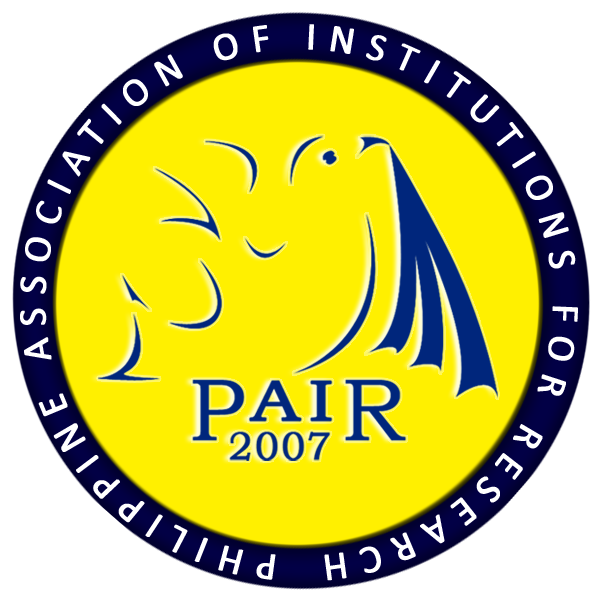Development of Chalk from Selected Herbs as Cockroach (Periplaneta americana) Repellents
DOI:
https://doi.org/10.7719/jpair.v35i1.654Keywords:
Agriculture and Forestry, Periplaneta americana repellent, experimental design, Philippines/Southeast AsiaAbstract
The World Health Organization (WHO) estimates that there are 3 million cases of pesticide poisoning each year and up to 220,000 deaths primarily in developing countries. Commercial repellents and pesticides, aside from being expensive, also contain chemicals that, when ingested, may pose further threats to the health of humans. The study aims to determine which plant preparation (bay leaf, garlic, peppermint, eucalyptus at 25%, 50% and 75% each) were able to form chalk and can repel the P. americana. Endemic and accessible plants namely, eucalyptus (Eucalyptus globulus), garlic (Allium sativum), peppermint (Mentha piperita), bay leaf (Laurus nobilis) were used in this study as Periplaneta americana repellent in the form of chalk. Using a Completely Randomized Design, results revealed that the type of plant preparation and chalk formation are independent. All plant preparations repelled the P. americana. Based on the means of distances (cm) of repulsions, it was revealed that 75% Peppermint preparation has the highest repulsion mean of 80.67cm based on three trials. Hence, it is highly suggested that 75% and 50% Mentha piperita, as well as 75% Eucalyptus globulus, should be manufactured for commercial production based on the results of this study.
Downloads
References
Ansari, M. A., Vasudevan, P., Tandon, M., & Razdan, R. K. (2000). Larvicidal and mosquito repellent action of peppermint (Mentha piperita) oil. Bioresource technology, 71(3), 267-271. Retrieved from https://doi.org/10.1016/S09608524(99)00079-6
Downloads
Published
Issue
Section
License
Copyright (c) 2019 Raphael Kevin I. Nagal

This work is licensed under a Creative Commons Attribution-NonCommercial 4.0 International License.
Open Access. This article published by JPAIR Multidisciplinary Research is licensed under a Creative Commons Attribution-Noncommercial 4.0 International (CC BY-NC 4.0). You are free to share (copy and redistribute the material in any medium or format) and adapt (remix, transform, and build upon the material). Under the following terms, you must give appropriate credit, provide a link to the license, and indicate if changes were made. You may do so in any reasonable manner, but not in any way that suggests the licensor endorses you or your use. You may not use the material for commercial purposes.




















